The Vocoder: History and deployment
Few pieces of music technology have captured the imagination of the public quite like the vocoder. Dave Gale tracks its development and offers a few tricks of the trade…
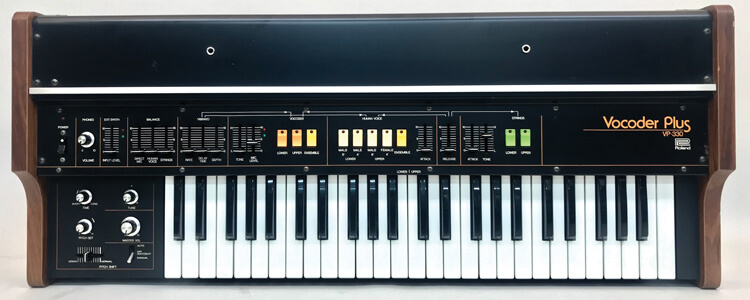
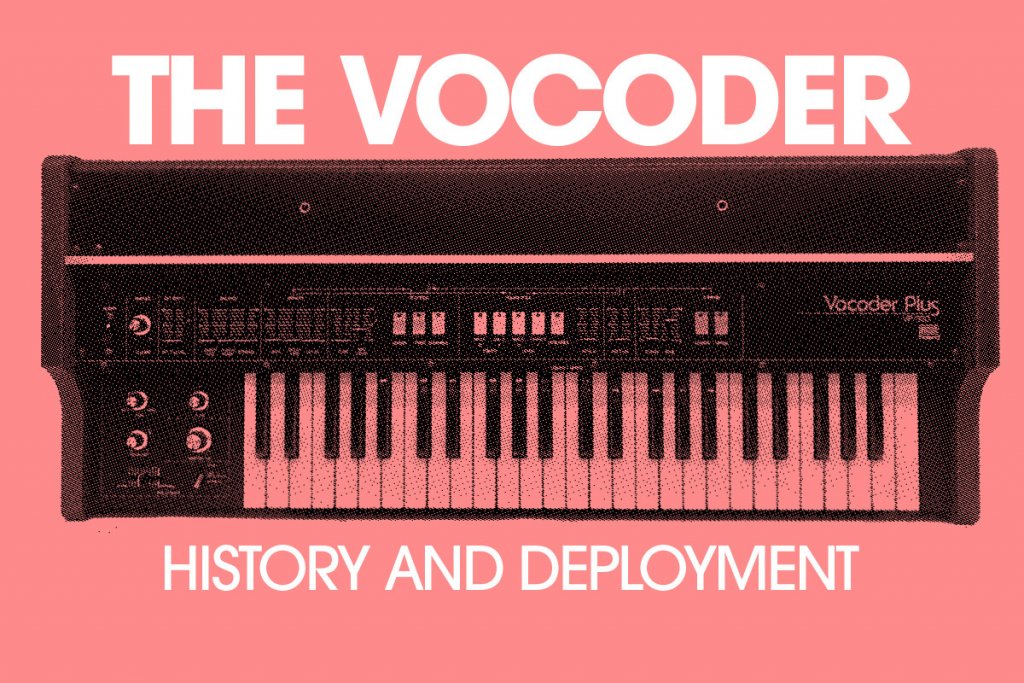
When interviewed some years ago, ex-BBC Radiophonic Workshop composer Peter Howell referenced that there were two musical happenings that would make the BBC switchboard light up like a Christmas tree. One was panpipes, while the other was the far more enticing usage of a vocoder. Portraying the sonic equivalent of the machines taking over, it’s little surprise that this wonderful instrument has been championed by everyone from Kraftwerk and Wendy Carlos, through to Herbie Hancock and Daft Punk.
New world beginnings
It’s rather difficult to reconcile the invention of the early vocoders with what we consider to be mainstream as a musical instrument today. The Voder, or Voice Operation Demonstrator, was a hefty electrical device capable of imitating human speech electronically and was developed by Homer Dudley at the Bell Labs in the 1930s.
First demonstrated at the World’s Fair in 1939, a trained operator performed a number of choice vocal phrases, complete with vocal inflection. Although it was notoriously difficult to operate, it was a hugely impressive technology for the time and was to become the forerunner to Dudley’s next invention: the vocoder.
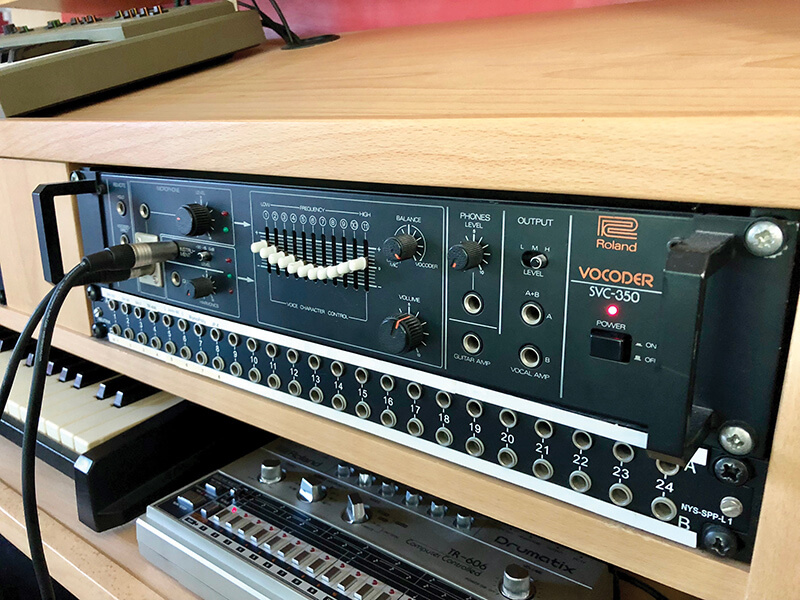
During the Second World War, there was an increasing need to send communication signals over longer distances, but with a greater degree of security, so it is with the military in mind that the vocoder was conceived. The basic idea was to take human speech and disassemble it into a smaller number of bits, which could then in turn be sent over longer distances, via the narrow bandwidth of copper cables which lay across the Atlantic Ocean floor.
With the patent for the vocoder granted in 1939, one of the pinnacles of this technology was the system codenamed SIGSALY. System stations were built around the globe, allowing world leaders to communicate securely over great distances, but ultimately the system was impractical, requiring a huge room to house it while, with a huge sense of irony, the emitted decoded voice sounded metallic and robotic – which is largely the view we have of vocoders today.
Musical implementation
Despite its very strong military connections, Bell Labs did make a recording of an old Irish folk song, Love’s Old Sweet Song, to demonstrate their vocoder. A backing track of a dance orchestra was used alongside a vocalist for this recording, but there was never any commercial success attributed to this, but it did at least offer a glimpse of the vocoder’s musical future.
We have to fast forward to 1968 to discover the first recognised commercial use of a vocoder in music. Electronic pioneer Bruce Haack built his own vocoder, which was used on the album The Electronic Record for Children, while around the same time, Bob Moog was developing his own vocoder, based on the schematics by Homer Dudley. It was this Moog vocoder which was heard on the groundbreaking soundtrack to A Clockwork Orange by Wendy Carlos.
Although the soundtrack brought this beguiling technology to a wider audience, the film was withdrawn from public presentation by the director Stanley Kubrick, due to its controversial content, but this did not diminish the popularity of the soundtrack among musicians.
It was the use of a vocoder in 1974 by Kraftwerk that really brought the instrument to the mainstream, with the chart success of the single and album Autobahn. The vocoder’s use, right at the beginning of the track in a soloistic capacity, brought the technology to the fore and influenced an incredible number of musicians. Laurie Anderson’s hit single O Superman featured the Roland VP-330 in a backup role to an unravelling Anderson narrative, while American jazz supremo Herbie Hancock used a vocoder to disguise his singing voice, on a series of tracks.
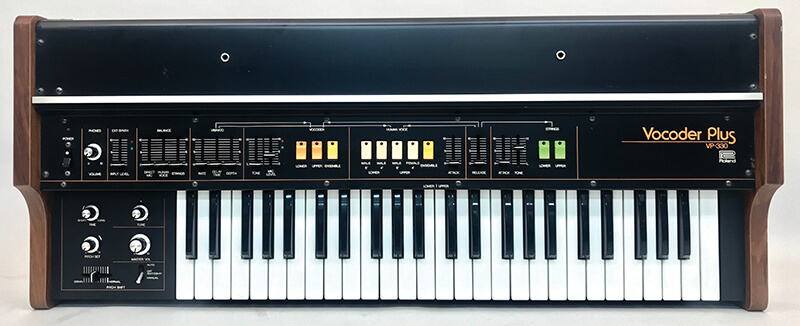
I Thought It Was You and Better Bet Your Love both used a traditional jazz-funk band alongside Hancock’s otherworldly lead vocal, but it was Afrika Bambaataa and his band The Soulsonic Force, that gained the most traction, as their 1982 hit Planet Rock not only borrowed from Kraftwerk, but also exploited the vocoder. Planet Rock was hugely influential to the emerging hip-hop movement, and hence it became de rigueur for early hip-hop artists to exploit vocoding technology.
Now of course, vocoders have become far more mainstream, thanks to their integration into various forms of hardware and software. You’ll hear vocoders on everything from Katy Perry to Daft Punk, so let’s consider how to put one to good use.
Radiophonically speaking
One of the landmark TV series of the 70s was Jonathan Miller’s The Body in Question, in which BBC Radiophonic Workshop composer Peter Howell was asked to score key scenes. One such moment revolved around Greenwich Mean Time, so Howell set about creating a Chorale, using a ticking clock as the basis of the track.
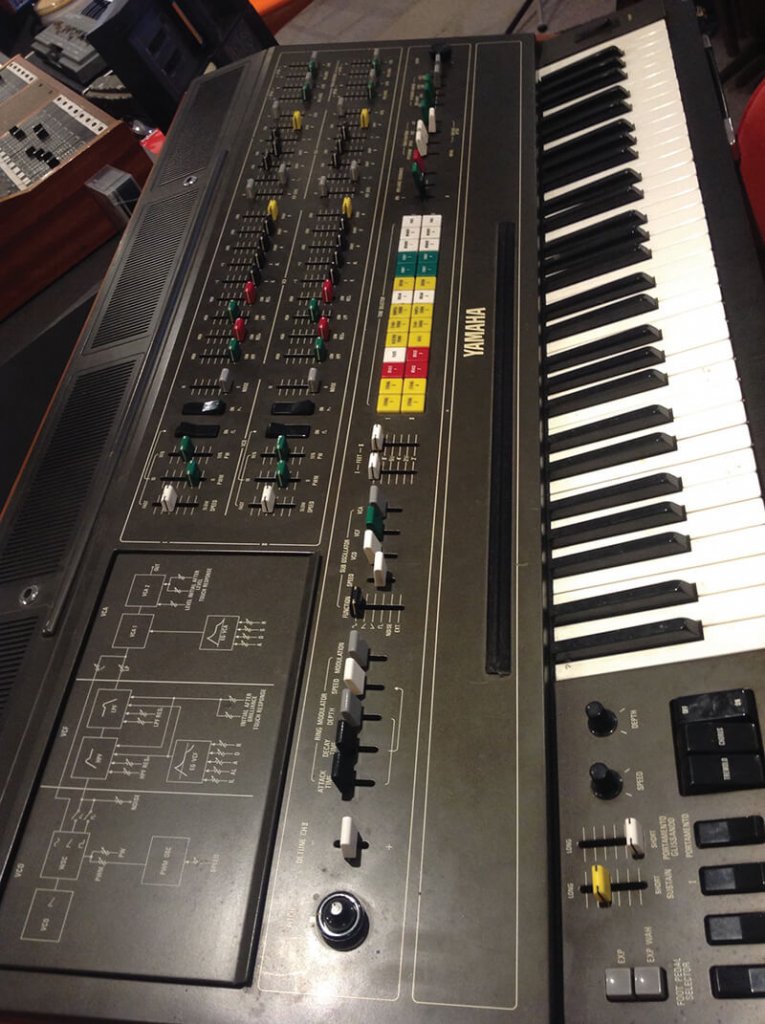
He also required a choral element to carry the melody and associated harmony. Luckily, the Radiophonic Workshop had just taken delivery of a vocoder from British company EMS, which would become one of the most sought after vocoding devices. Howell used random phonetics alongside a Yamaha CS-80, which provided the carrier signal, to create a Radiophonic classic.
Modulating carriers
Vocoders are not the simplest instruments to use, mainly because they are reliant on two signals being present at the same time, in order to operate. These are the carrier signal, which normally takes the form of a synth, and the modulator signal, which normally takes the form of a human voice, although other instruments can work well, such as drums.
In either case, the modulatory signal is the component which is analysed by the vocoder and broken down into a number of frequency bands. The more bands that are available, the better the quality of the analysis, which in turn means that a clearer vocoded sound will be available, but not always necessary.
In the case of hardware vintage vocoders, they will often have a fixed number of frequency bands, whereas software vocoders will normally allow for control of a greater number of bands. Some hardware vocoders may also look a little like a graphic equaliser and allow the user to define and optimise the inputted mic signal.
There have been a number of hardware synths produced in the last few years, which also have the capacity to vocode. In many respects, these are a good idea, as the onboard synth component will act as the carrier signal, meaning that you can just play and speak into an attached mic, to get a sound. Free-standing or rack mounted vocoders will usually require the connection of an outboard synth, alongside a mic, making the process a little more complicated and long-winded.
Vocoder V. Talk Box
One understandable mistake is to confuse vocoders with a similar sounding device which is generically known as a talk box.
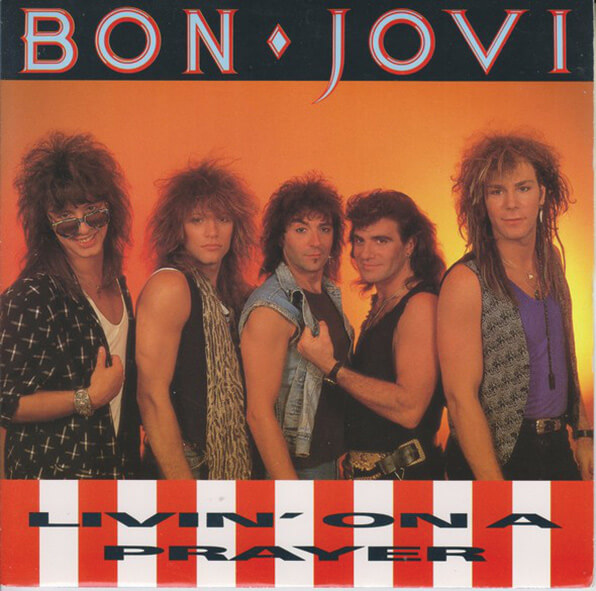
Often favoured by guitarists, the talk box has become something of a calling card for artists such as Peter Frampton, who used one on his rock hit Show Me The Way, as well as Bon Jovi, where a talk box featured on the introduction to Living On A Prayer.
Despite it’s popularity among guitarists, electronic musicians have also used talk boxes, with the most notable exponent being Roger Troutman of Zapp, who made something of a career from his talk box’s signature sound.
Troutman went on to inspire a huge generation of artists, including Daft Punk, but beware! Talk boxes operate by delivering amplified music through a tube into your mouth, which is then vocalised back into a live microphone. It will make your teeth rattle like mad, giving rise to the urban myth that Peter Frampton has not had any of his own teeth for some years!
Market forces
It’s been difficult to ignore the Roland Boutique series of reissued classics and thankfully for us, one of Roland re-visits is the VP-03 (£261), which is a miniaturised version of the classic VP-330. Apart from its vocoding properties, it also offers a string machine, with the inclusion of some beautiful choir and string tones, which meld exceptionally well alongside the vocoded signal, however unlike the vintage original, the VP-03 only offers 6 note polyphony, where the original machine offered full paraphonic operation.
I always felt that this was a great shame, but then it is at a budget price. Arguably the keyboard that renewed interest of modern vocoders, the Korg MicroKorg, offers a pint-sized take on vocoding, albeit with a miniaturised keyboard. Looking very cool with its goose-neck mic, the MicroKorg offers some excellent modern tones, alongside more classic sounds, as well as the ability to edit the vocoder via an associated Korg-
based App.
Off-the-shelf hardware synths that offer vocoding capabilities can be a little hit and miss, but good efforts at integration can be found on the Access Virus TI and the Roland System 8. They both perform admirably, although the capabilities of both are a little limited, not being the main event on either synth.
If you’re looking for something a little more bespoke, with greater possibilities, the VP-770 has only recently been withdrawn from sale by Roland, and offers a very flexible machine, with vocoding firmly at its heart.
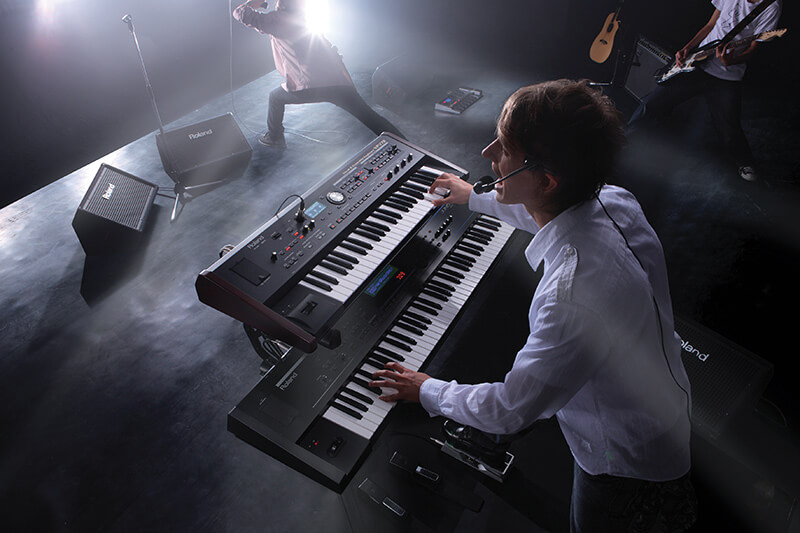
Apart from offering all the robot-voice style settings, it also offers some amazing choir algorithms, that will have the user sounding like a complete chorus, alongside some very modern vocoder timbres. It also offers a strong ensemble section with strings, brass et al. It’s not an out-and-out synth and needs to be considered for what it truly is, but as a vocoder, it still makes for an excellent modern keyboard.
Right at the top of the vocoder tree, you’ll find the highly desireable vintage vocoders, and some of the finest come from Moog, EMS and Synton. All take the guise of rack-mounted devices, so you’ll need a synth to act as your carrier. Being vintage, they won’t be cheap, and they could be prone to component failure, however the vintage vocoder of choice for many is the Sennheiser VSM201.
Used by the likes of Herbie Hancock and Kraftwerk, it offers a certain richness which can be difficult to obtain with other vocoders, but it also comes with a very hefty secondhand price tag that sits firmly in the thousands! One for serious collectors or those with a bottomless bank account, then…
If you are more interested in a software version of a vocoder, many DAWs ship with vocoders built-in. A good example is the EVOC-20, which forms part of the Logic Pro X bundle, and has plenty of great functionality for choral effects and robot-forms alike.
If you are looking to purchase a plug-in to use in your DAW, one of the finest sounding vocoders available is the MATRIX Vocoder from VirSyn. This plug-in comes with the added kite mark of also being used by Kraftwerk, and sounds superb, thanks to a number of great algorithms and the useful potential to track pitches.
Despite it’s great sound, it is a MIDI based audio plug-in, and as such can be tricky to set up in a DAW, but it also offers a Sennheiser VSM201 emulation mode, designed to mirror the original classic, at a fraction of the price!
Top tips for diction
If you’re looking to get the best from a vocoder with speech, you’re going to need a good microphone to get your voice into the machine. The best options here are normally dynamic mics, with past favourites including the Shure SM57/58 and the Sennheiser MD-421.
Some people, including myself, prefer to use a headset mic, as it means that you can get on with playing, instead of aiming for a microphone on a stand, with a good example being the Shure SM10.
You might notice that many of these mics are not what you might call the best in the market, although they are all admirable in their own way. What we’re looking to do here is create a signal which vocodes well, rather than necessarily sounding amazing as a dry mic signal. This leads us to the next point, which is to make sure that you over emphasise any lyrical content…
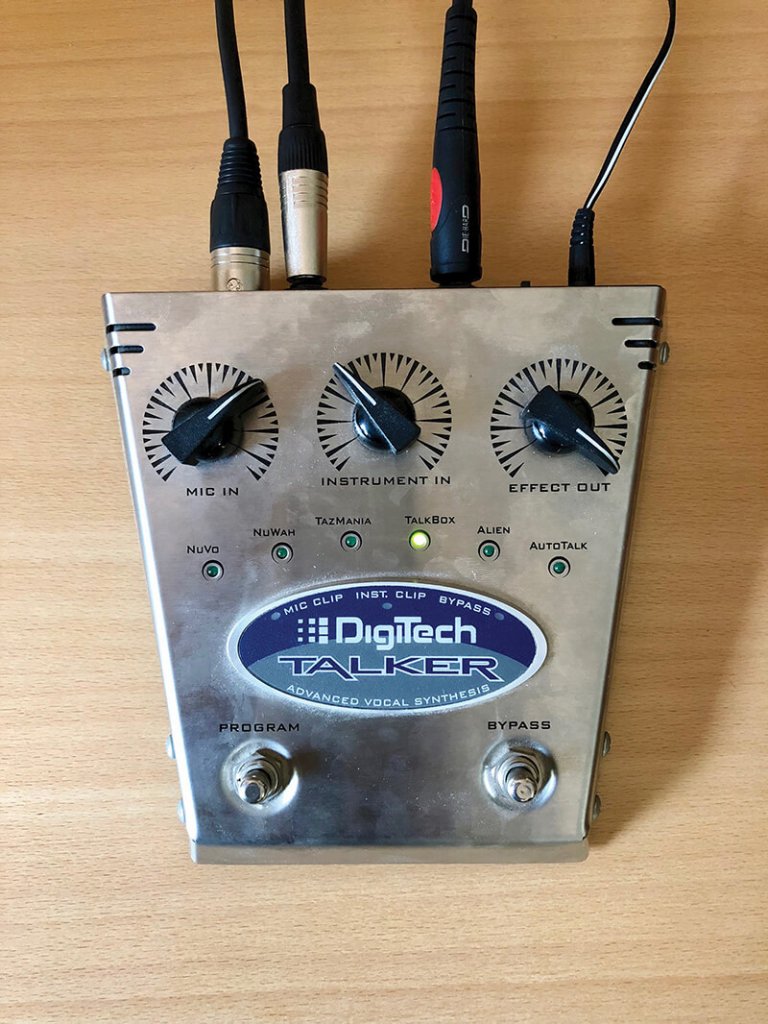
With the best will in the world, the lyrics are likely to get lost, which is slightly unavoidable, so if the lyrics are important, consider mixing in the dry mic signal, so that the vocoder acts as more of a support to a leading vocal, although your desire to do this may well depend on how you feel about your voice.
When vocoding, you do not have to sing; the vocoder will do the work for you, providing your carrier signal carries the appropriate harmony or melody to warrant the result you want. You can over-articulate your lyric without any vocal repercussion.
In fact, the more you articulate, particularly with the syllables that have a plosive element, the better your vocoder is likely to sound.Many synths which have a vocoder capacity will probably have patches and algorithms in mind for styles of vocoding.
If you want to use your own synth as a carrier wave, tweak the timbre to suit the needs of the vocoder, not just a synth timbre. Often, the best sounds are created by using a timbre which is quite rich in harmonic content and bright, so opening up a low pass filter will be pretty essential. Consider also using a high pass filter, as the low end carrier may get in the way, especially if you hope to make the lyrics sound clearer.
Compressing the vocal signal, on the way into the vocoder, can be very helpful in delivering a useable signal, especially if forced to use a condenser mic, instead of a dynamic mic. One of the reasons that dynamic mics perform better in this setting, is because of the ability to get very up close and personal with the mic, which is clearly not as appropriate with a condenser, hence compression could really help your cause, especially if you are intending to use a recorded vocal signal.
As we’re also talking about a timbre which offers choral qualities, it may prove invaluable to add some kind of ensemble or chorus effect to the outputted vocoder signal. Many machines are equipped with this functionality as standard.
The Vocoder kings of eBay
A few years ago, a slightly spurious listing appeared on eBay, relating to the sale of a second hand vocoder. Nothing especially strange about that, but this was a vocoder previously owned and used by Kraftwerk. The rather home-made and Heath Robinson-styled machine was deemed to be the vocoder which was used on Autobahn and probably many of their later tracks besides.
With prices rising wildly throughout the bidding process, it was left to someone with both a passion for vintage pieces and plenty of disposable/business related cash to step in and buy it, and that’s where electro-pioneer and founder of Mute Records Daniel Miller came to the rescue.
Describing it as the electronic equivalent of the guitar that Hendrix used on Purple Haze, Miller successfully bid for and won this piece of historic music tech, thus keeping it within the realm of electro musical history.
Hard-tuning
Another area of confusion, related to vocoding, is that of Hard-Tuning. This was an effect that was first heard on the Cher single Believe, back in 1998, and was a combination of extreme use fo Auto-Tune (by Antares) and the use of a vocoder pedal made by Digitech, called the Talker.
The modulatory vocal was excessively tuned, not allowing for any inflection in phrasing, and passed through the Talker pedal to yield the effect which is now very commonly known as Hard-Tune. Especially popular in R‘n’B, this effect requires this two prong attack from within a DAW to create the effect, although there are also Hard-Tune pedals available which will deliver a very similar result.
A vocoder plug-in, such as the VirSyn MATRIX Vocoder is especially helpful in achieving Hard-Tune results, as it is also equipped with the ability to track vocal pitches, meaning that you will not have to play a matching synth part to achieve any Cher-like result.
Experiment, experiment, experiment
I’ve spent many years tinkering with vocoders. It is, without any doubt, one of the most curious and engaging devices in music technology, but as with all instruments of this kind, it’s important to experiment and have some fun. Some vocoders work better than others, and it’s finding out the way to get the best out of what you have that really draws the user in. As our German techno visionaries once vocoded, “We are programmed just to do, anything you want us to!”